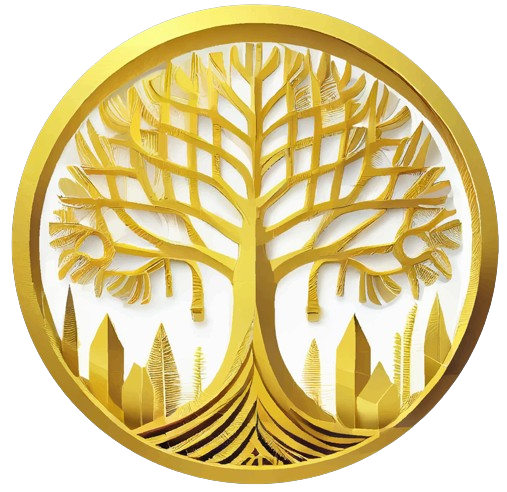Let’s create the living space of the future.
The living space defines the expression of our lives. It creates space for all species and is shaped by life in equal measure. It continues to develop and adapts to the circumstances. It comes in thousands of different designs, but it has only one task: to protect life.
Today, as in the past, this important basis of life must be preserved.
A central task of our future society will be the preservation of the different living spaces. This responsibility contributes to opening up and maintaining space for life. The key to protecting species and protecting our existence lies in preserving that sensitive area.
To make the future more sustainable, energy-efficient and functional, we must look to an ideal living space. A constant spot on our planet that combines natural and social life. Shaped by nature, formed by the environment and supplied by the climate, it creates the conditions for our future life.
Changes come and go, but constant conditions must be planned. Terra-United supports this important step in creating new living spaces. In times of change, it is important to support the true foundation.
Our Service:
Creation of environmental
Concepts
Project Planning
Assessment of social benefits
Assessment of nature-related benefits
Strategy office for holistic environmental protection
— specialized in adapted living spaces —
Task
Cultivation of viable space in dry regions
From arid to humid conditions
Recognizing past mistakes means using them for the present to reshape the future. Only those who recognize and openly address mistakes can learn from them.
Terra-United sees itself as a companion for a fresh start, whose partnership unites us as a society with the natural life on the planet.
The basic principle illustrates a new approach to past processes that still actively accompany us today. However, decisions made in the past due to misjudgements or ignorance can only be corrected if our society is open to new ways. To this end, we openly communicate about future steps that will lead us closer and more purposefully to nature.
Every living being pursues a predetermined goal that contributes to the preservation of the species. As each individual species interacts with its environment, a balance is created between nature and life. It fulfills a role that not only preserves the species, but also contributes to the maintenance of the ecosystem, accompanying it with its life. This role applies to every living being on the planet. We humans also had this important task. But with increasing intelligence, the obligation escaped from our sphere of influence. The giving advantage disappeared from the ecological cycle and a taking supremacy replaced this gap. Thus, knowledge about nature now dominated and excluded the rest of life.
Today, we are at a point where the exchange of knowledge between society and nature is becoming more and more important and is of central importance to natural life. When a species disappears from the system, a gap is created that may never be filled. If the process of decay continues, the house of cards will eventually collapse and life will dry up.
Our society must learn to find ways to share its knowledge with all of life. Only in this way can nature-related and social development prepare together for the changes of the future.



